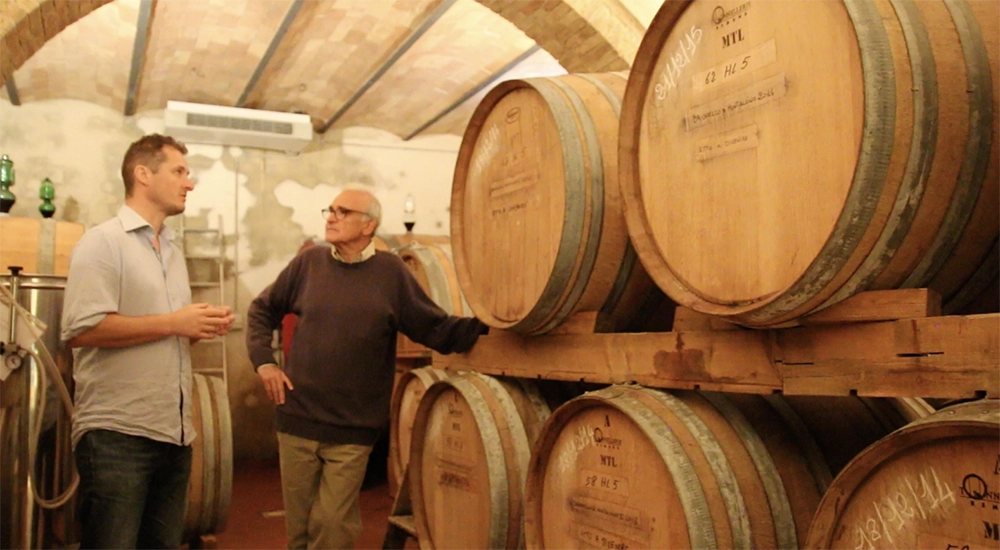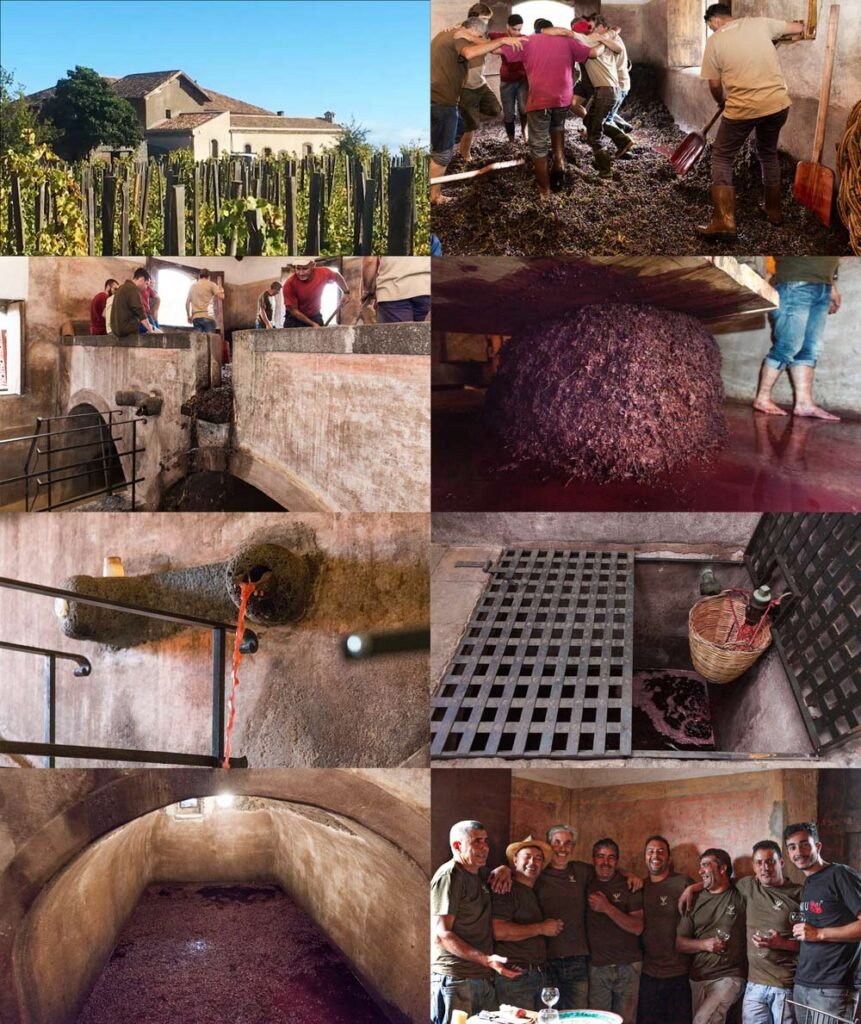

Podere Salicutti
Words OF Francesco Leanza
I lived in Rome and I traveled as a tourist. I came to Montalcino because I was attracted to this area. When I arrived I was completely fascinated by this area, completely captivated by the amazing nature and beauty of this place. So I decided to spend a lot more time in this region.
After two years of spending my holidays here, I decided to buy something and then, later I analyzed the possibility of retiring from my professional job and living here and doing the typical activity in Montalcino, which is wine production, winemaking, of course.
I bought Salicutti because I was looking for a house just for the holidays and somebody showed me this property, which was completely abandoned. When I arrived here, I discovered something that I judged unique in Italy and maybe unique in the world. I discovered the position, the light, everything was exceptional. Even if I looked for something smaller and this was almost a medium size property, I decided to buy this.
I could understand the richness of the variety of the soil. In fact by going deeper into the study of the soil, I discovered we have basically two different kinds of soil.
The east side of the property is characterized by a typical rock of the south eastern area of Montalcino. This special rock called the “Alberese” or “formazione di Santa Fiora,” is a sedimentary rock, very fragile, 86 million years old, it’s a rock which has been formed on the bottom of the sea, far from here.
The other type of soil is on the western side of the property. It is a little bit younger geological formation, characterized by rock, [but] less structured, with clay and calcareous [limestone], and so the two different kinds of soil produce two different kinds of vines and, wines of course. This is the reason for my choice, of making different selections from different origins of the soil.
The first area reaching rock is the Brunello selection, which produces a more complex structured, concentration in alcohol in extraction, and the other, a [wine which is] more rich in aromas, but fruity, fruity taste and fruity aroma too. Because the clay, the base of clay, produces a more fruity grape, it is more suitable for a younger wine, like the Rosso di Montalcino.
I have this choice, which produces cru [meaning a wine from a single site or in this case one or other of the two main soil types here] wines for Brunello di Montalcino, as well as for Rosso. Cru for Rosso di Montalcino and cru for Brunello di Montalcino.

 Photos courtesy of https://www.ivigneri.it/
Photos courtesy of https://www.ivigneri.it/BUY THE WINE
About
Organic Brunello Pioneer Francesco Leanza